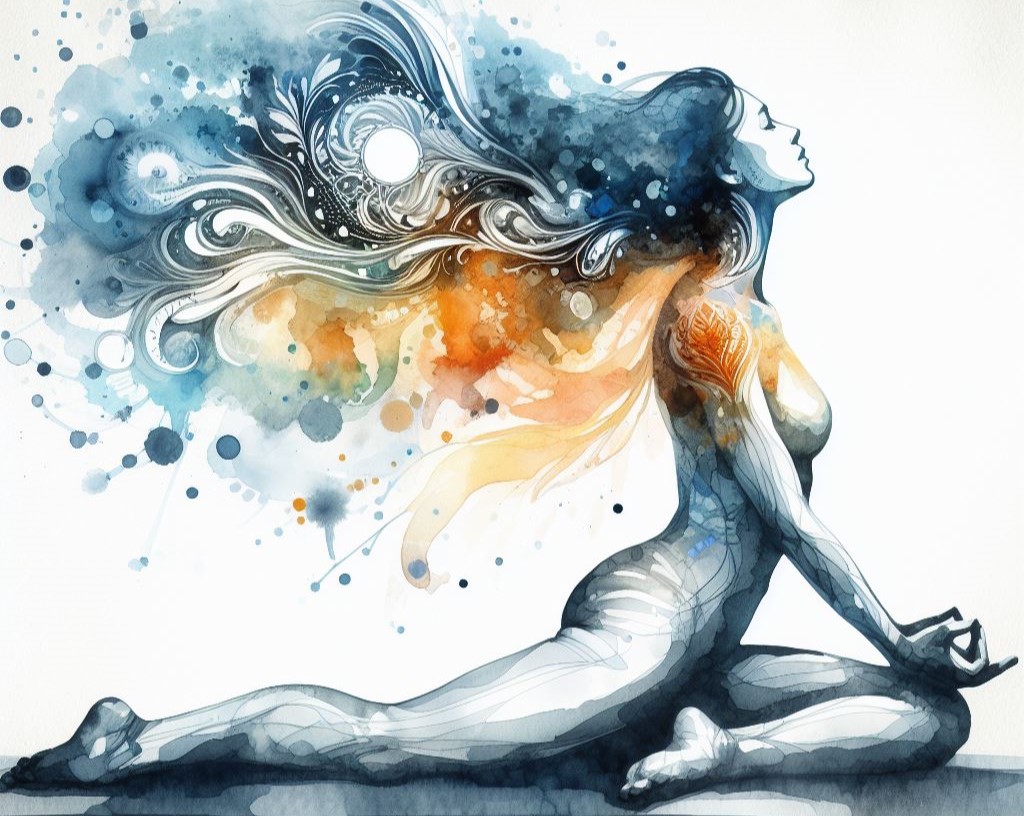Within life’s peaks and troughs, there is an ever-present flow of energy that pervades every aspect of our lives. This flow of energy is especially recognized within Daoism, but it’s something that’s universally referenced, regardless of the philosophical body.
You experience this flow within your thoughts and feelings. You may experience it when you’re doing something creative, when you’re glued to your work, or engrossed in an interesting conversation. You may experience this flow when you’re eloped in disciplinary practices like yoga or meditation, or when you’re having fun.
Here’s the thing.
This flow is always there, but in today’s world where everything is moving with a sense of urgency, it’s more difficult than ever to be present with the natural rhythm of life. This is a problem because when we’re not calibrated with this natural rhythm, we create resistance.
Resistance is a root cause of suffering. It creates tension and overall makes the experience of life much less smooth.
This is where the philosophy of nonresistance comes in. How do we find harmony with this state of flow? How do we experience this flow within all dimensions of our life experience, to live more wholesome lives?
This is what I’m going to discuss in this article.
What is the law of nonresistance?
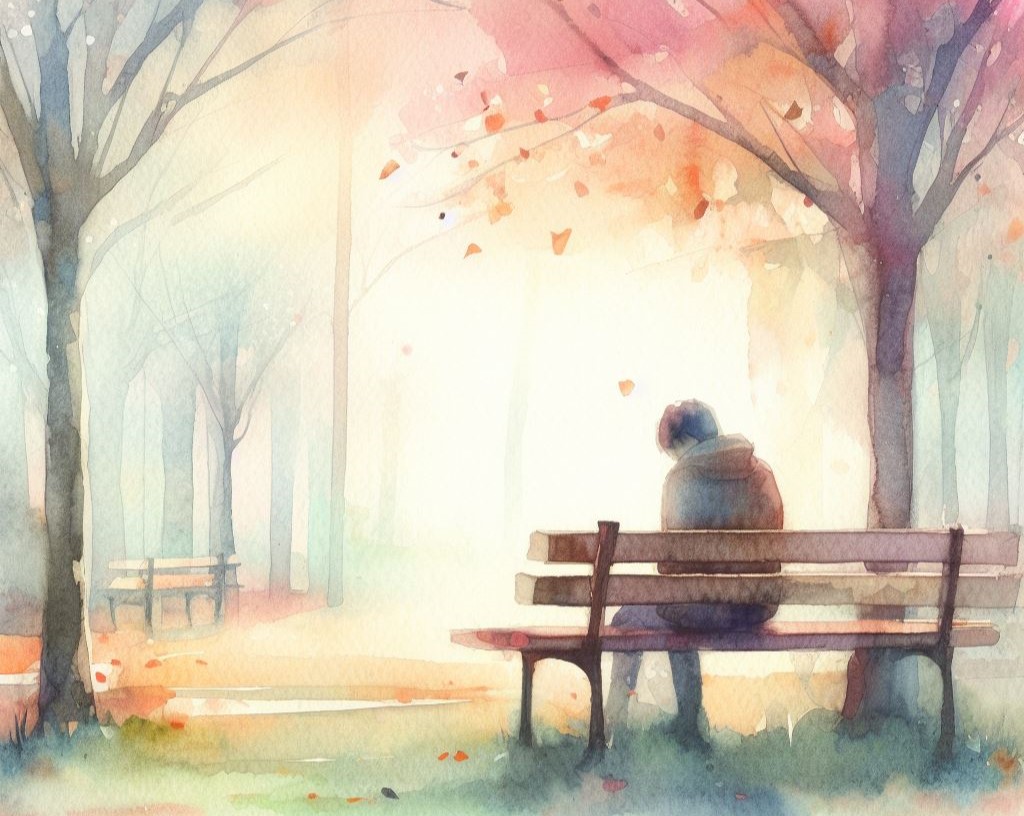
Nonresistance is a philosophy that suggests friction is caused when the natural course of any given thing is impeded. On a personal level, living in flow with your life experience leads to harmony, while resisting it leads to suffering. This law is one of the fundamental laws of the universe.
Nonresistance is the act of allowing rather than combating. It means to live a life without having any forcing current within it. The law of nonresistance doesn’t mean to be a passive bystander in your life, but to be calibrated with your thoughts, feelings, and experiences.
Let me tell you a little about why nonresistance is a better way of life, and why this philosophy should be in every spiritual seeker’s tool set.
Nonresistance doesn’t mean that you allow bad things to happen to you. Nor does it mean that you stop exercising because it causes discomfort, or overindulge because you feel like it. But it does mean to express yourself or to feel your emotions.
If your intuition is telling you to get out of a certain situation, the act of nonresistance is to listen to this internal guidance. This works the same way if there’s a part of you telling you that you need to eat healthier or get in shape.
When you’re calibrated with your thoughts, feelings, beliefs, intuition, and experiences in general, there is much less friction.
You can’t fight the universe, and you’re only going to burn yourself out trying.
The transformative power of nonresistance
The law of nonresistance has been a huge stepping stone in my life because once upon a time, I resisted everything. I just couldn’t accept the hand of cards I had been dealt and fought relentlessly against my life condition.
But what I found is that the act of resisting just made everything so much harder.
While backpacking solo for many years, I’ve gotten myself into a few hairy situations. From being robbed and losing my phone, wallet, and any means of receiving money, to being stranded in a foreign country with no passport or Identification. When you’re in a bad situation that you have no control over, the first instinct is to panic.
But where does panicking get you? Does it make you feel good? Does it help the situation? To take the road less traveled, you’re faced with two options in times of distress. These options are to:
- A) Panic: This option will lead to no good and make the situation a whole lot worse
- B) Surrender: Accept the situation for what it is, stop fighting life, and allow yourself to feel what you need to feel
I learned very quickly that path B is the way to go. When I’m in a difficult situation, the magic really happens when I let go of control. Of course, it’s easier said than done, but by accepting the situation and finding equilibrium, that’s when a deeper wisdom shines through.
Within this quiet is where you’ll actually create space for practical solutions and better outlooks of the situation. There’s a calm within the storm, and this applies to anything you’re feeling, thinking, or worrying about.
The philosophy of nonresistance
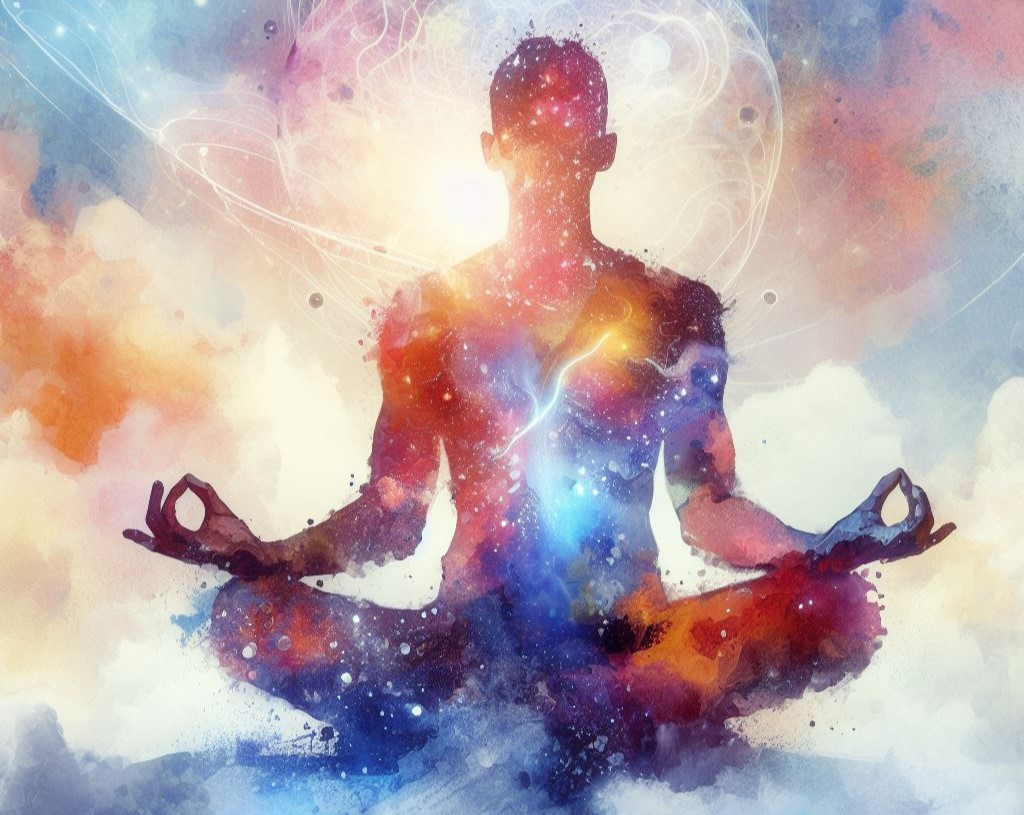
Nonresistance is a spiritual doctrine where you are in a state of osmosis with energies, thoughts, feelings, and experiences. Another term for the law of nonresistance is to be in a flow state where everything passes without obstruction, tension, or intervention.
Nonresistance is simple on the surface level (don’t fight your experiences), but the law is actually quite complex as it’s a way of life rather than an action (or inaction). It’s a belief that all things that are happening are exactly how they’re meant to be, so instead of denying your experiences, you’re fully present with them and allow them to do what they need to do.
Why is nonresistance beneficial?
You might resist change when change is actually beneficial for you. You might resist new situations that make you nervous when getting out of your comfort zone is good for you. Likewise, you might resist your thoughts and feelings, which is actually counterproductive. See the pattern here?
Usually, resistance prevents you from growing, learning, and developing as a person. Whatever you’re resisting, I can assure you there are better ways around it. Resistance tends to manifest as stress, anxiety, or frustration. By resisting, you create tension in your body, mind, and relationships.
Nonresistance: The state of flow
Imagine your body as a channel. Information passes through you in the form of thoughts, emotions, ideas, experiences, and so forth. When everything passes fluently (that is to allow the experiences to pass organically), that’s when you enter a state of flow with the universe.
This state of flow is the aim of nonresistance. It’s to achieve a state where there’s no friction in your life, and things organically pass through your channels without any friction.
Once you’re in this flow state where you experience everything through a lens of acceptance and non-judgment, that’s when your life starts to take on a new meaning: One that brings you a deeper sense of peace and stillness.
The flow state is not an activity. It’s a state of consciousness that occurs when you tap into this universal flow of energy.
Principals of nonresistance
Let go of the past
Stop holding onto situations, thoughts, and feelings, and allow things to organically pass. By holding onto things, you obstruct the flow of energy and cause blockages.
Live life without friction
Resistance causes friction. Friction means there’s tension from forcing something in a way that it doesn’t want to go. Nonresistance is to live a life with as minimal friction as possible.
Allow rather than combat
Allowing thoughts, feelings, and experiences to happen without preventing them. Even if they’re painful, allow them to happen.
Surrender control
Acknowledge that you don’t have control over most of the things happening in your life. Control what you can, and accept what you can’t, otherwise, this will create friction.
Accept rather than deny the situation
Accept the situation you’re currently in. Denying a situation builds tension because the situation is a reality. To embody nonresistance, you need to accept your life condition.
Nonreaction
Space yourself from events where you can observe without being reactive. This means you don’t unconsciously react to things, rather you see them from a higher point of view, and base your actions around them.
What is resistance?

To really understand the law of nonresistance, first, you need to understand resistance. Just to be clear, nonresistance doesn’t mean simply bending over and having no backbone. It’s a state of equilibrium with your experiences by allowing rather than combating.
Resistance is a common experience in life. It’s the feeling of pushing against something that you don’t want to happen. Resistance comes in many forms. Some are obvious, some not so much. But one way or another, I can guarantee you that there are things you resist.
Some of the most common forms of resistance involve:
- Emotions: It’s quite normal to resist painful emotions because we don’t want to experience them
- Thoughts: Don’t try to streamline your thoughts or make them productive. Thoughts are thoughts and you just need to witness them, not try to change them
- Situations: Certain situations might cause friction where you fight against them instead of accepting them and being present with the experience
- Intuition: You might feel a certain way about something, but resist your intuition because it doesn’t seem logical
- Possibilities: You shut down possibilities and ideas because you don’t agree with them, or they make you uncomfortable
Avoiding the trap of ego
Resistance can be hard to avoid at times because the ego gets a kick out of it. The act of arguing against people who challenge your beliefs or convincing yourself that you have a hold on everything is usually the ego at play.
It’s easier to put on a movie and drown out your troubles with comfort food or alcohol than it is to just fully experience those painful emotions and sit with them. Resistance is easy because it makes you feel strong like you’re in control. Naturally, the ego wants to rebel which can make the act of nonresistance tricky.
The nuances of nonresistance
Nonresistance sounds pretty simple, right? Just don’t resist what’s happening and you’ll be fine. But there are nuances to it. If you’re pushing yourself to let go or trying to force yourself not to resist an emotion, that’s also an act of resistance because there’s a forcing current there.
Nonresistance is to not have any forcing currents, it’s to be in harmony with the experience you’re having. That means feeling and expressing your emotions. Channeling your anger and directing the energy towards something productive rather than trying to prevent yourself from feeling it at all.
Nonresistance is to ride the riptide of life

When you’re learning to swim in open water, you learn not to swim against a rip if you get caught in one. You will exhaust your energy to no avail because the current is stronger than even the fastest swimmers. Instead, you allow the rip to pull you away from the familiar until the water settles and you can swim back.
The currents of life are exactly the same. When things go south, we panic and resist because we fear where life is going to take us. We fear that it might ultimately lead to death when the fear is exacerbated because we don’t allow the currents to take us to where they want us to go.
So when the universe is pulling you in a particular direction, you need to apply the same logic. I’m not saying to avoid taking action or to let people take advantage of you. But surrender to the experience that’s outside of your control, and be completely present with it instead of trying to change the direction of something that clearly isn’t working out.
Activating the divine feminine
Feminine energy is associated with water and is much more flowy. Arguably, women in general tend to be better at nonresistance. This is why women are generally more in touch with their emotions, present with their experiences, and more into spiritual practices and modalities such as yoga and meditation where nonresistance plays a crucial role.
If you’re having a hard time letting go, it could be because you’re too far in your masculine energy. In this case, it’s important to embrace your feminine energy and enter a state of nonresistance. This might take you some time, especially if you have a hard time letting go, but with a little guidance, you can do it.
Learn more about masculine and feminine energy in the article below, and how you can move into your feminine.
Accept what's outside of your control
You want to have control over every aspect of your life because you think it’s necessary. After all, if you don’t have control of the situation, everything is just going to break down, right?
While there are plenty of things that are within your control, it’s important to realize that your realm of control is small. There’s so much in life that you don’t have control over. Unexpected events, other people, outside influences. Sometimes things will happen and there’s just nothing you can do about it.
The first instinct is to try and control the situation, but what good is it going to do? This is where you need to realize what is outside of your control, and let it go. Do what’s in your power to manage the situation, but accept what is outside of it instead of causing yourself unnecessary stress. Believing that everything happens for a reason will soften the punch.
Trust in the universe
The need for control comes from a lack of trust in the universe. You don’t trust that you’ll be taken care of, or that things will unfold the way they need to. Of course, you’re going to be holding onto any smidge of control you can get because you believe that letting go of it will cause everything to come crashing down.
So if you want to let go of control, you need to cultivate trust. Believe that you will be taken care of by the universe and that what happens will happen exactly how it’s meant to. Whether this means having some sharp lessons or the stars aligning is outside of your knowledge. But by having that trust that things will be okay, it becomes easier to let go and surrender to what is.
How the law of nonresistance assists healing
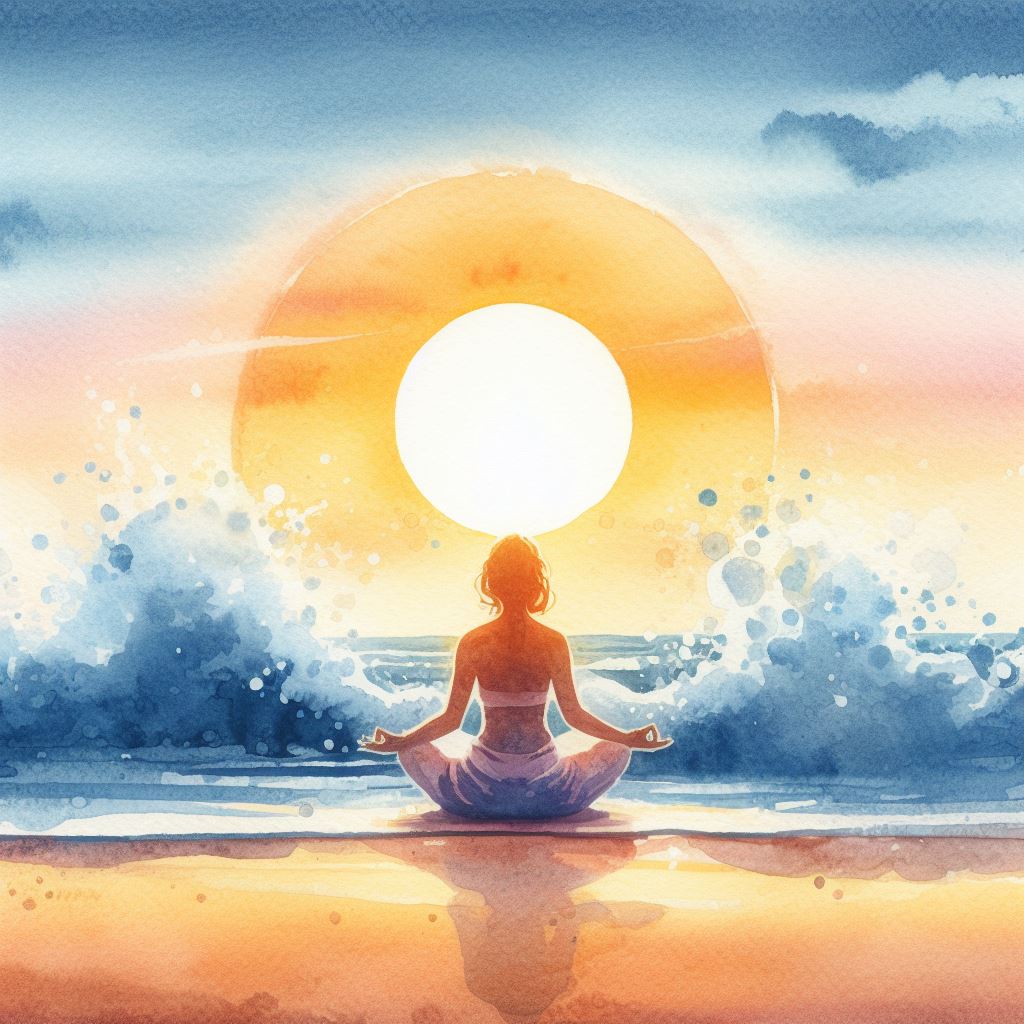
Besides being an important philosophy to live a life with less tension, nonresistance is a key factor in managing your emotional pain. That’s because when you naturally let experiences pass without resistance, you facilitate healing and growth.
Especially when you’re faced with a difficult experience such as heartbreak or loss, your natural instinct is to resist. So you hold on, bottle up your emotions, and prevent yourself from passing through these painful experiences organically.
I’m not going to lie. Life is going to really hurt sometimes. You’re going to get caught in difficult situations, and life won’t be fair at times. That’s why I urge you to surrender to what’s outside of your control because resisting life can turn it into a personal hell very quickly.
How does nonresistance help manage emotional pain?
In a nutshell, suffering (at least on an internal level) is caused by resisting your human experiences instead of being at peace with them. Learning to accept your life condition without feeling the need to fight against it creates inner spaciousness where you can feel, process, and heal.
So when you’re in a state of being where you’re constantly trying to have control of every situation, you’re denying your circumstances and exhausting yourself by continuously thinking, doing, and acting, you’re mental health is going to take a hit. You’ve got all the perfect ingredients for a very distressing, overwhelming life.
See painful experiences as important messengers
The best way to look at pain is as a carrier of important wisdom. When you go through situations that cause you a lot of grief in whatever form it may be, the pain won’t fully go away until you get why it’s there in the first place, and how it serves you.
There is always something good to come out of your pain. As long as you surrender to it and allow it to teach you a deeper wisdom, not only will it begin to leave, but you will grow because of it.
If you have your break broken, you can suck up the pain and become bitter and resentful (the path of resistance). If you actually deeply feel that pain, however, besides your heart healing from it, it’s also going to open your heart.
By organically allowing those emotions to be, you’ll feel more compassion and love in the long run because you’re leveraging the painful experience. You can learn more about this phenomenon in the article below.
Your emotions bottle up
Unless you process painful emotions, those energies build up. You see people who hold a lot of tension in their bodies, and they’re usually the type of people who act tough and probably haven’t cried in 20 years. But those energies need to go somewhere, and without actually getting rid of them you just end up storing them.
You can’t just block out pain and magically recover. That’s not how healing works, because if you’re just pushing those feelings away then you’re not actually processing them, learning from them, or discarding them. There’s a whole ecosystem here that you need to acknowledge.
If you refuse to acknowledge painful energies, you’re just pushing them into the subconscious to be stored essentially. They start to come out in the form of dysfunctions such as bursts of anger, feelings of overwhelm, tension in the body, and instability in the emotional body. The reason why these emotions start leaking out is because they are still there.
To truly body the law of nonresistance, you need to acknowledge that if painful emotions enter, they also need to exit. In this case, resistance is blocking that channel by preventing you from feeling and processing the painful things you experience. This is why it’s so important to be an open channel by letting everything pass through you organically.
Why healing occurs through nonresistance

Your emotional intelligence, thus emotional health is heavily linked to your ability to allow. By practicing the art of allowing rather than combating, you essentially become a channel to your emotions instead of a closed gate.
Instead of causing any friction by denying emotions or forcing yourself to block them out, you need to practice going into those emotions and letting them have their way with you. Trust in the process and allow your healing to be organic.
Here are some ways to embody the practice of nonresistance for healing and well-being.
Vent your painful emotions
To properly process painful experiences, you need to open a vent. What this means is that you have a healthy outlet for your painful emotions which allows these energies to pass through you.
Venting is a form of purging energy. If you’re feeling sad, your vent may be to cry, and to let it out. If you feel anger, you might need to vent your anger with someone you trust. Maybe you feel like praying or screaming. Nonresistance is to listen to this urge and to express these painful emotions in a way that makes you feel lighter.
To further understand self-expression and the importance this plays on your emotional health, follow the link below.
Sit with the pain instead of trying to escape it
By resisting, you don’t allow yourself to process the pain you’re feeling. This means that the process of healing, learning, and growing is disrupted because you need to sit with those feelings to absorb the lessons from them.
Allowing the experience to organically unfurl on the other hand creates space for deeper levels of healing. If you feel pain, sit with it, don’t deny it. Escapism is not your friend, so don’t fall into this trap just because feeling something can hurt.
Otherwise, if you feel the urge to be silly, spontaneous, to try something new, or to express yourself in a particular way, then follow that voice. Be calibrated with your emotional body and it won’t leave you astray.
Be the branch that bends
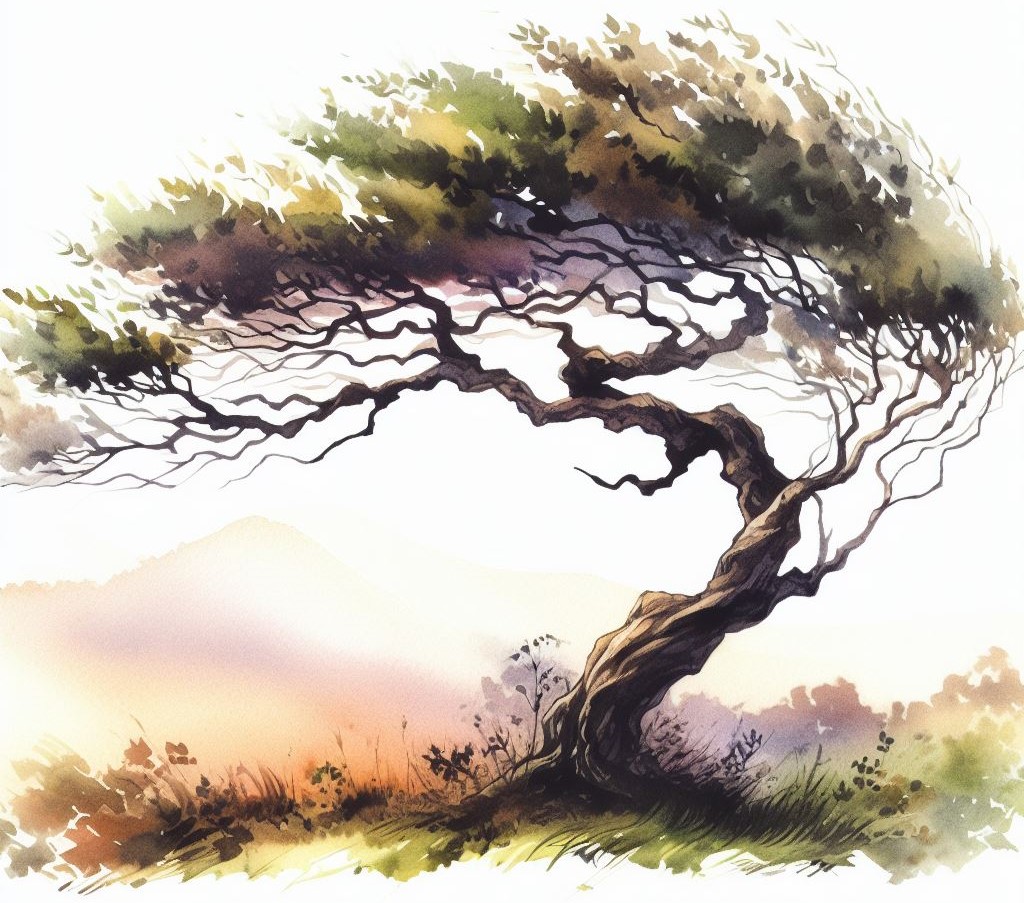
Think of nonresistance as having inner flexibility. Rather than being a branch that snaps when too much pressure is placed on it, it bends with the pressure. You need to be the same way. When there’s a lot of pressure on you, you Tai Chi them instead of putting up a wall, because the wall will be broken.
Once you have that inner flexibility, life will not be able to break you because you will mold to your circumstances. The most painful emotions will be huge catalysts for transformation. You’ll feel, express yourself, and purge those energies before they can stick around with you. Let’s look a little more into this.
Stop trying to control the situation
One fundamental truth you need to accept is that you don’t really have control. There will be aspects of life that you do have control over, sure, but many things you won’t. Especially when it comes to feelings, they sorta just do their own thing, so trying to control what you experience won’t do you any good.
Instead, work with what you’re experiencing. Accepting everything that’s out of your control gives you a sense of calm within the storm. When you stop denying your pain and allow yourself to experience everything without judgment, you’ll be surprised at how big of an impact this has.
Surrender to the discomfort
When your pain becomes too much to bear, there is no escaping it. The only thing you can do is truly give in to that pain and let go consciously and gracefully. Allow yourself to be consumed by this dark pit that you’re trying so hard to not get consumed by, and see what happens.
Surrendering means to do absolutely nothing at all. Don’t do things, don’t think, barely even breathe. When you consciously surrender and allow yourself to be completely overwhelmed by it all, that’s when you enter the eye of the storm. There is quiet. There is peace. It’s not always easy to do, but you need to just stop everything and allow it all to happen.
Stop trying to be okay
A mistake I see so many people do is pretend that they’re fine when they’re not. Instead of being honest with themselves and allowing themselves to feel what needs to be felt, they push it all under the rug to save face. This is an act of resistance in itself as you’re not being authentic with yourself
Trying to hold yourself together usually does more harm than good. Sure, there will be times when it’s necessary. You’re probably not going to break down into tears at work or let go of control if you have a kid to take care of. But you need to give yourself time to yourself too.
A little vulnerability isn’t a bad thing, not at all. You need to allow yourself to feel vulnerable so that the emotions aren’t consciously or unconsciously held up. To further delve into the process of healing emotional pain, here are 10 unconventional approaches to assist you.

